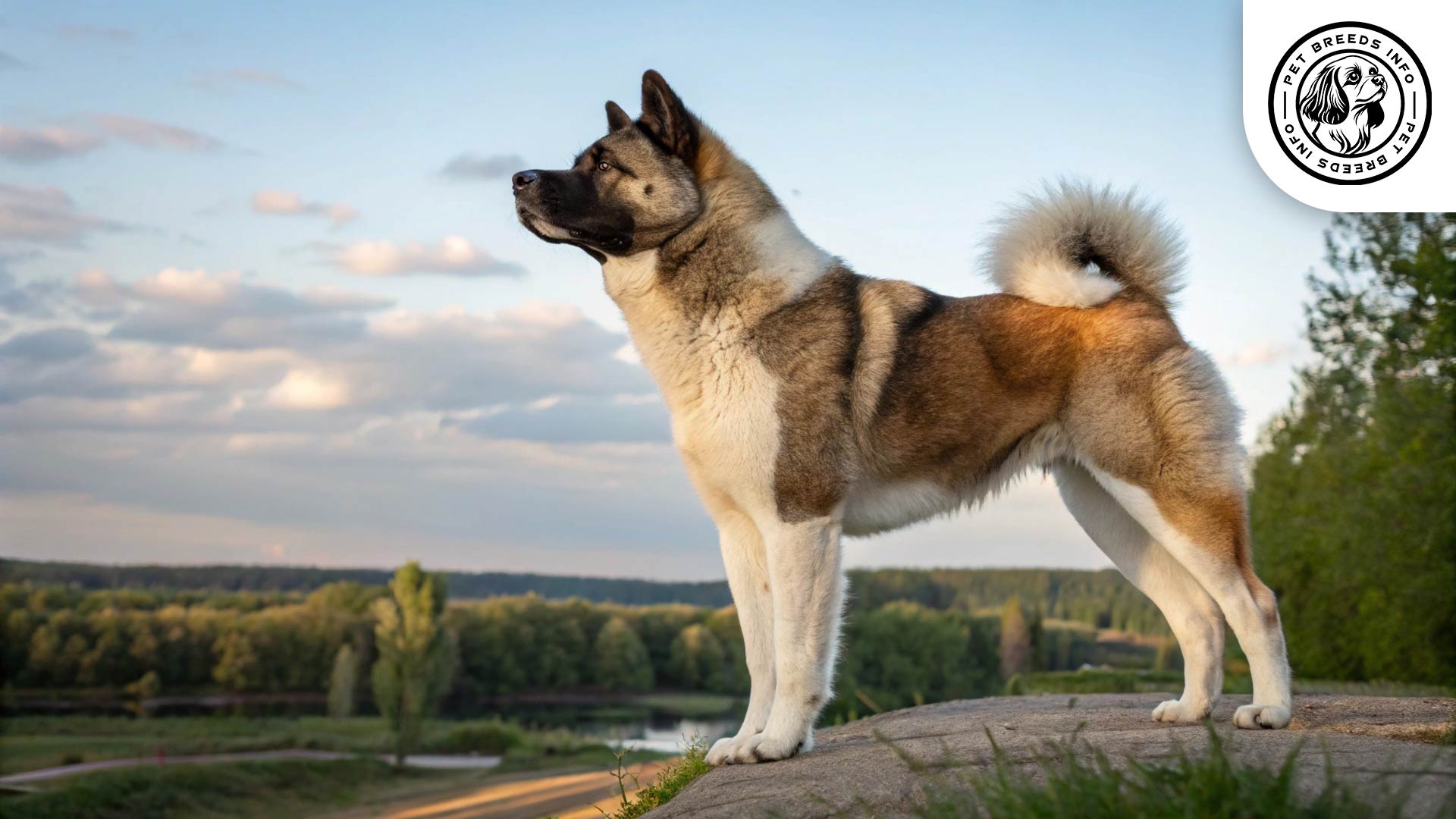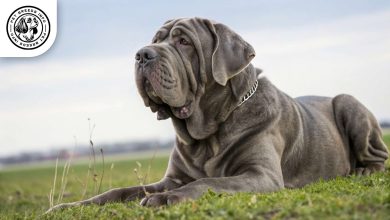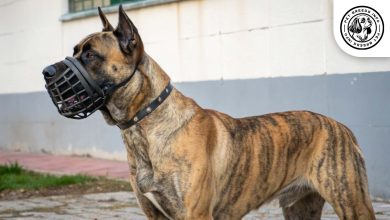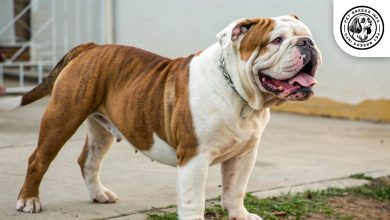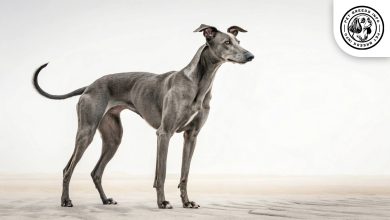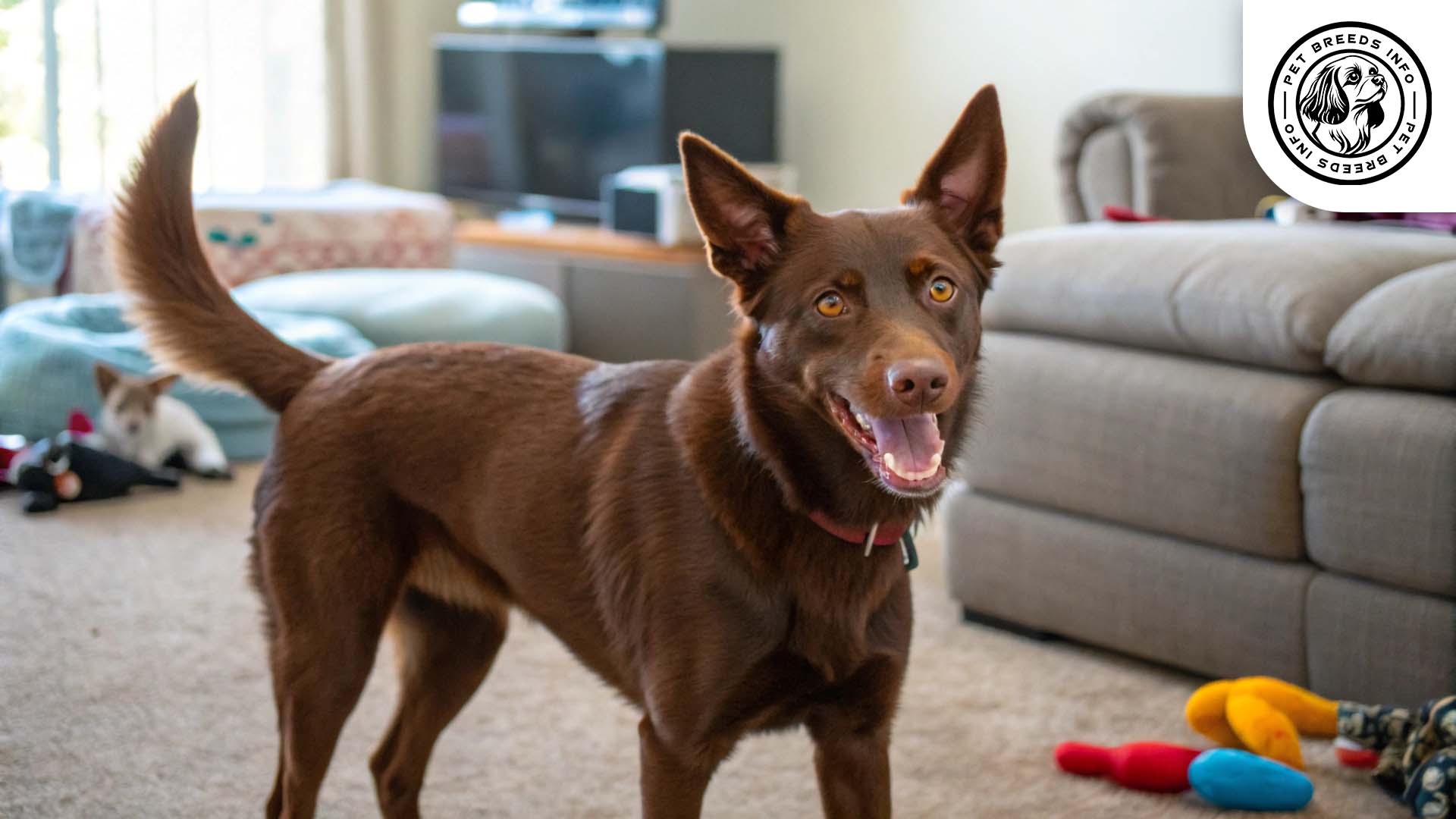Akita Dog Breed: Size, Health, Price & Personality
General Introduction of the Breed
The Akita is a large and powerful dog breed originating from Japan. In its native country, it is known as the “Akita Inu” (犬 meaning “dog” in Japanese). Another variation, the American Akita, developed separately in the United States. Historically, the Akita was bred for hunting and guarding in Japan and was highly regarded as a symbol of strength and loyalty.
Table of Contents
| Weight | 70-130 lbs |
| Lifespan | 10-14 years |
| Diet | High-protein diet, dry/wet food, raw options |
| Care | Heavy shedding, frequent brushing needed |
| Health | Prone to hip dysplasia, bloat, thyroid issues |
| Color | White, brindle, red, black |
| Nature | Loyal, intelligent, protective |
| Price | $800 – $2,500 |
Physical Characteristics
Male Akitas typically stand between 26 to 28 inches tall and weigh between 100 to 130 pounds, while females are slightly smaller at 24 to 26 inches tall and weighing 70 to 100 pounds.
They have a thick double coat that comes in various colors, including white, brindle, red, and black. Some have distinctive facial markings, including a mask.
Their eyes are small, dark brown, and deeply set, giving them an alert and intelligent expression.
Their ears are triangular, erect, and slightly forward-tilted, adding to their noble appearance.
They have a strong, curled tail that rests over their backs, a signature trait of the breed.
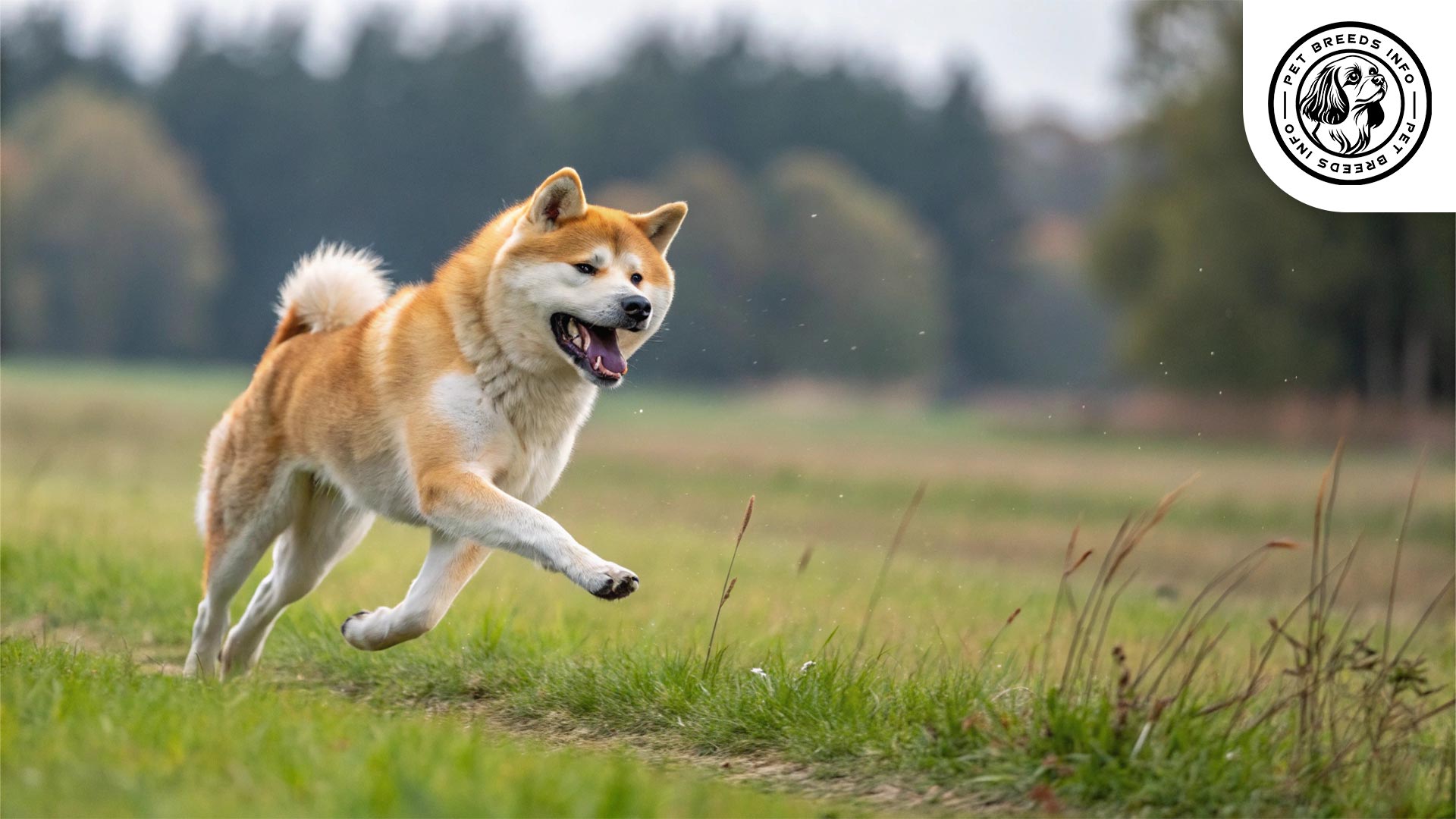
Personality and Temperament
Akitas are intelligent and learn quickly, but they can be independent and sometimes stubborn.
They have a moderate energy level but require regular activity to stay healthy and mentally engaged.
They bond deeply with their owners and are protective, making them excellent guard dogs.
Akitas are generally reserved with strangers and can be territorial, but they are loyal and affectionate toward their families, including children.
They have strong prey instincts and may not always get along with smaller animals unless properly socialized.
This breed is sensitive to environmental changes and thrives in a stable and structured home.
Care and Maintenance Requirements
Akitas require daily exercise, such as walks and play sessions, but they do not need excessive activity.
They are better suited for homes with spacious yards rather than small apartments.
Their thick coat sheds heavily, particularly during seasonal changes, requiring frequent brushing.
They tolerate cold weather well but may struggle in hot and humid conditions, so cooling methods should be provided in warm climates.
Routine grooming includes nail trimming, ear cleaning, and occasional baths to maintain hygiene.
Diet and Nutrition
Ideal food options include high-quality dry kibble, wet food, or a balanced raw diet, depending on the dog’s needs.
Read More: American Cocker Spaniel Dog
They require a protein-rich diet, and some may have sensitivities to grains or fillers.
Owners should avoid feeding Akitas chocolate, onions, garlic, grapes, and other toxic foods.
Adult Akitas typically require two meals per day with portion sizes adjusted based on weight and activity level.
Health and Common Medical Issues
Common health concerns include hip dysplasia, progressive retinal atrophy, hypothyroidism, and autoimmune diseases.
They can be sensitive to bloat, so feeding them smaller portions with controlled eating habits is recommended.
The average lifespan of an Akita ranges from 10 to 14 years.
Routine veterinary care and vaccinations are essential to maintaining their health.
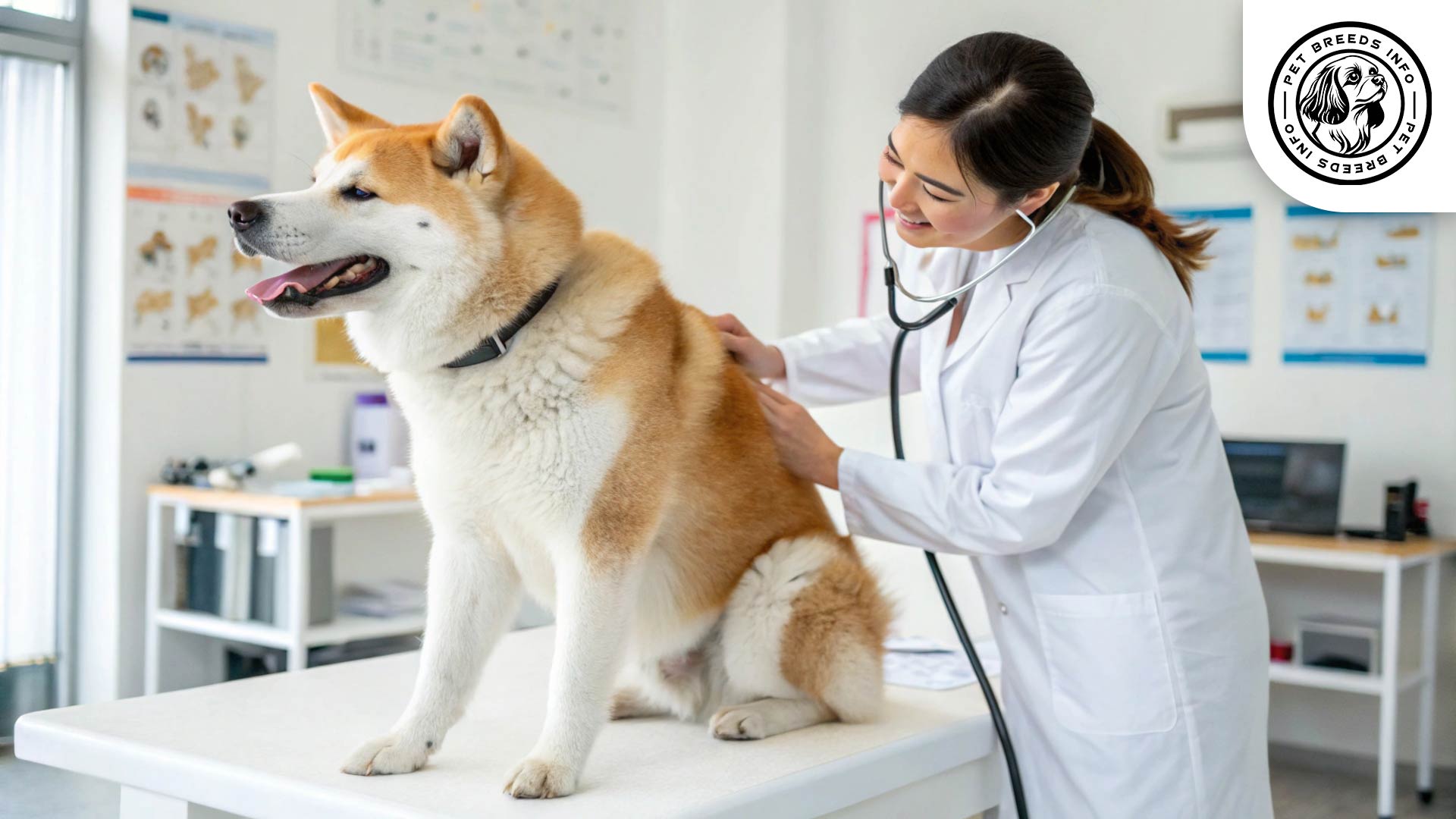
Training and Behavior Management
Training an Akita requires patience and consistency, as they are intelligent but can be independent thinkers.
Early socialization is crucial to ensure they develop good manners with people and animals.
Positive reinforcement techniques, such as rewards and praise, work best for this breed.
Read More: American Bulldog
They respond well to firm but gentle training methods that establish leadership without harsh discipline.
Interaction with Other Animals and Humans
Akitas can be affectionate and protective of children in their families but should always be supervised during interactions.
They often prefer being the only pet in the household, as they may not tolerate other dogs, especially of the same sex.
They bond closely with their owners and do best in households where they receive plenty of attention and companionship.
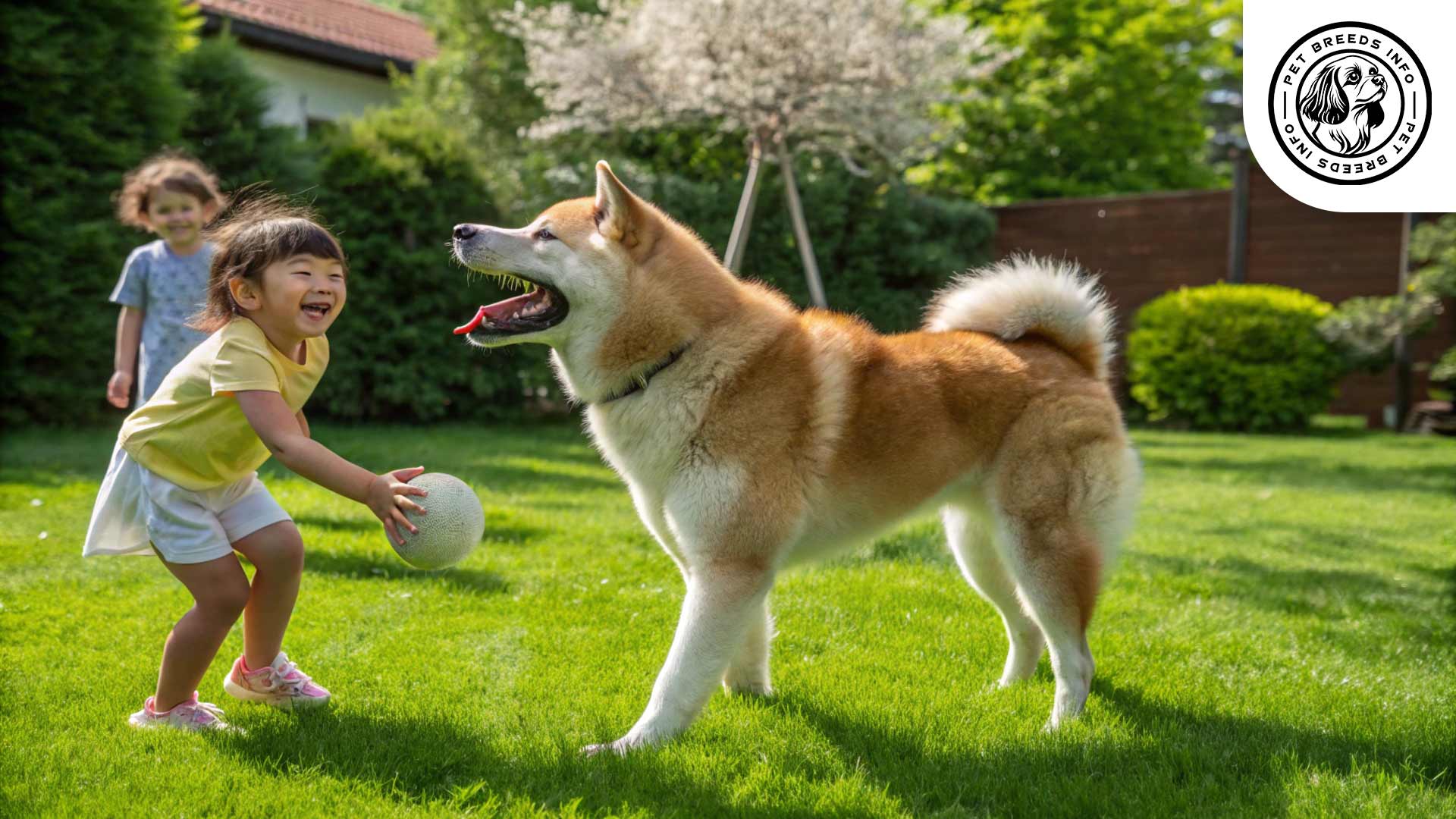
Price and Availability
The cost of an Akita puppy from a reputable breeder ranges between $800 to $2,500, depending on lineage and quality.
Potential owners should seek ethical breeders who prioritize health and temperament over appearance.
Adopting from a rescue or shelter is also an option, as Akitas can sometimes be found in breed-specific rescues.
Conclusion and Final Thoughts
The Akita is a strong, loyal, and intelligent breed best suited for owners who can provide firm but loving training.
They thrive in homes with experienced dog owners who understand their independence and guarding instincts.
Future owners should consider the breed’s shedding, potential aloofness with strangers, and exercise needs before bringing one home.
Read More: Afghan Hound Dog
With proper care, training, and socialization, the Akita makes an excellent companion and guardian.
FAQ
Are Akitas good family pets?
Akitas are loyal and protective of their families, but they require experienced owners and supervision around children due to their strong guarding instincts.
Do Akitas get along with other pets?
They can be territorial and may not tolerate other dogs, especially of the same sex. Early socialization is essential for better adaptability.
How much exercise does an Akita need?
They require daily walks and moderate playtime but do not have excessive energy needs. A secure yard is ideal for them.
Are Akitas easy to train?
They are intelligent but independent and can be stubborn. Consistent, firm, and positive reinforcement-based training is necessary.
